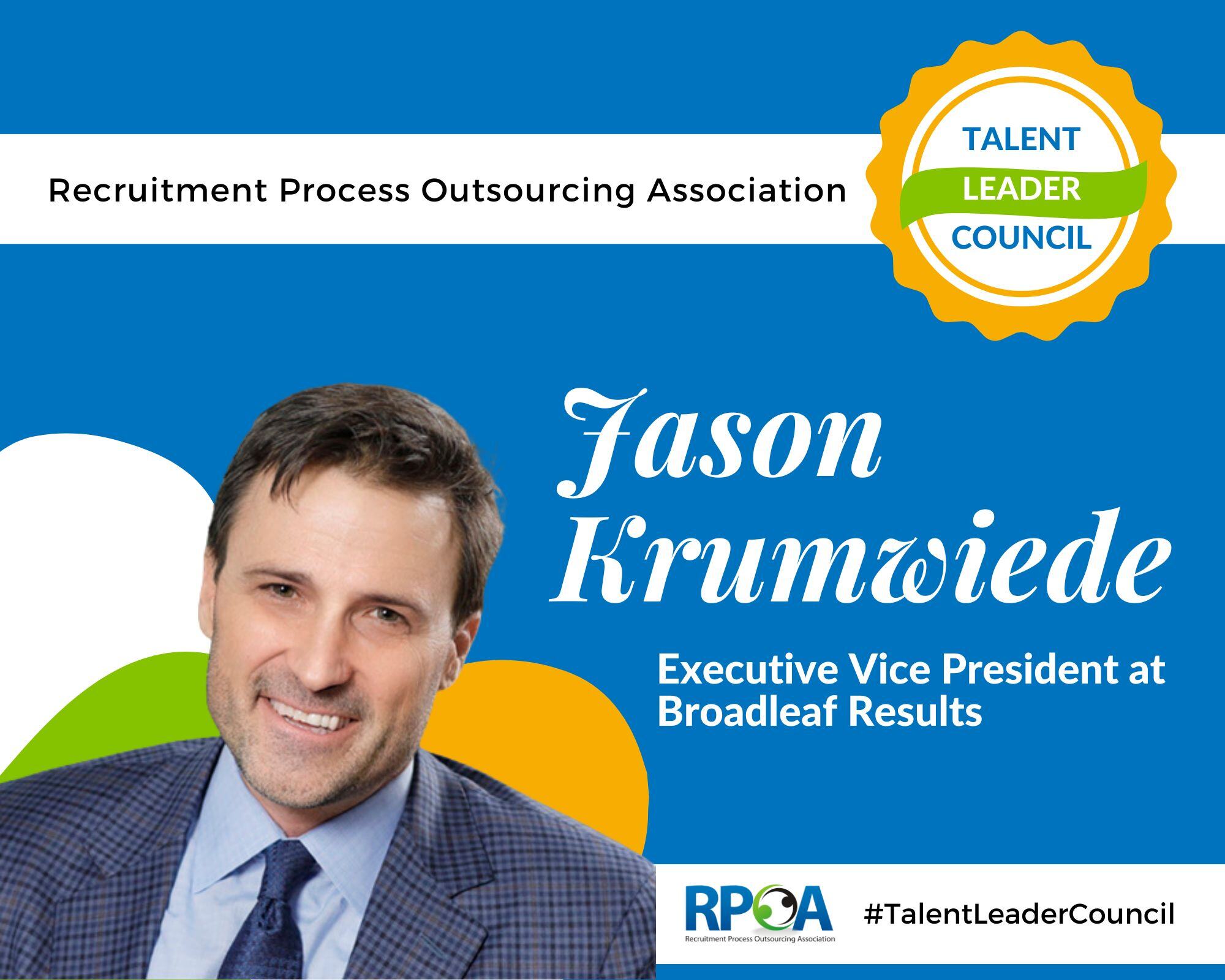
Today’s employers and recruitment marketers face a unique challenge – creating an effective and engaging diversity, equity & inclusion (DE&I) recruitment strategy that includes employee value proposition (EVP). As DE&I becomes more important in the workplace, organizations must develop a plan for integrating EVP into their DE&I recruiting efforts.
That's why it was valuable for recruitment marketing experts Patty Silbert of Aspirant, Michelle Krier of ClearEdge Marketing, and Jacquese Brown of Cielo Talent to share their best practices for applying EVP within a successful DE&I recruitment program during the RPOACON 2022 Recruitment Marketing Panel. This post is a summary of their discussion.
Silbert started the discussion by saying that employers need to take their employee value proposition (EVP) and put it into team members' fingertips, but only sometimes do so. From an RPO perspective, when RPOs place teams within organizations, she asked, "Do we understand [the organization's] value proposition? Are [RPO teams] part of that brand and able to live that brand in many ways?"
She observed that when applying the EVP, people often fragment it because they don't necessarily feel it fits globally in some ways.
How Does EVP Serve a Diversity Strategy As a Whole?
Brown has seen data at every stage in every industry that shows applicants primarily look for authenticity and honesty. "Nobody wants a bait-and-switch scenario," she said.
To create an authentic and honest EVP, Brown said that it's imperative to ensure your EVP is true, well thought out, and reflects the organization.
She said that a well-thought-out EVP that genuinely reflects the organization creates consistency across all platforms and lets the candidates know what they're getting into. Brown has observed many scenarios where the EVP is prominent in one ad, but the website reflects an opposite experience for the candidate. As a result, candidates drop off.
When it comes to signaling candidates what to expect while working for the company, she shared that your EVP needs to reflect what's happening inside your organization. According to Brown, this approach lets potential candidates know what's up within the organization and matches current employees' experiences.
She emphasized that when employers react to what a particular employee audience wants and adjusts their career website page or another web page to match that ' wants-of-the-day,' current employees might push back and say that's not our experience working here. From this approach, she added that companies will always be in reactive mode, trying to repair what was said or done.
How to Create an Authentic EVP
Krier explained that today, with the importance of DE&I, communicating an authentic EVP is vital. The EVP should align with the organization’s DE&I goals. The panelists gave their best practices for creating an authentic EVP.
Brown reiterated that honesty is the best practice. "When companies are transparent and saying that 'we are on a [DE&I] journey and this is how we plan to get there. We want to do XYZ, and look what we've already started.' Those are the organizations that get more engagement," she said. "It is the ones that do not communicate where they are at and where they are going who are having the most challenges engaging candidates." She recommends that if the message is aspirational, "say that or say that 'we're looking to make some changes or we're looking to move that needle.'" The Cielo guide to localizing your EVP states that at least 70 percent of your EVP should correctly reflect your organization's offering, and 30 percent of your EVP should reflect your organization’s aspirations.
Silbert observed that authentic messaging boils down to crafting messages that truly resonate with your target audience. Her best practices for crafting your message goes as follows:
-
A portion is about your brand.
-
A portion is about your jobs.
-
A portion is about the great things and product services your organization is doing.
Krier emphasized segmenting your candidates with market research is needed to get the whole picture of candidates. Before launching any new campaigns, recruitment marketers need to find out the following:
-
What are candidates looking for?
-
What are their motivations?
-
What are their needs?
-
What are their pain points?
How to Integrate Your EVP Throughout the Employee Journey.
Silbert shared that EVP originated as a strategy for the front end of the recruiting process. She asked Krier how organizations are extending it throughout the employee experience.
Krier said that she's seeing a lot of forward-looking organizations ensuring that their EVP is embedded in every stage of that process. She observed that these companies ensure the EVP shows up in the interactions between recruiter and candidate, the language they use in follow-up touch points, the content they're creating, and the onboarding experience.
To broaden your knowledge about integrating your EVP into your DE&I recruitment and more, visit the 2022 RPOA Conference on demand to watch the whole discussion.














